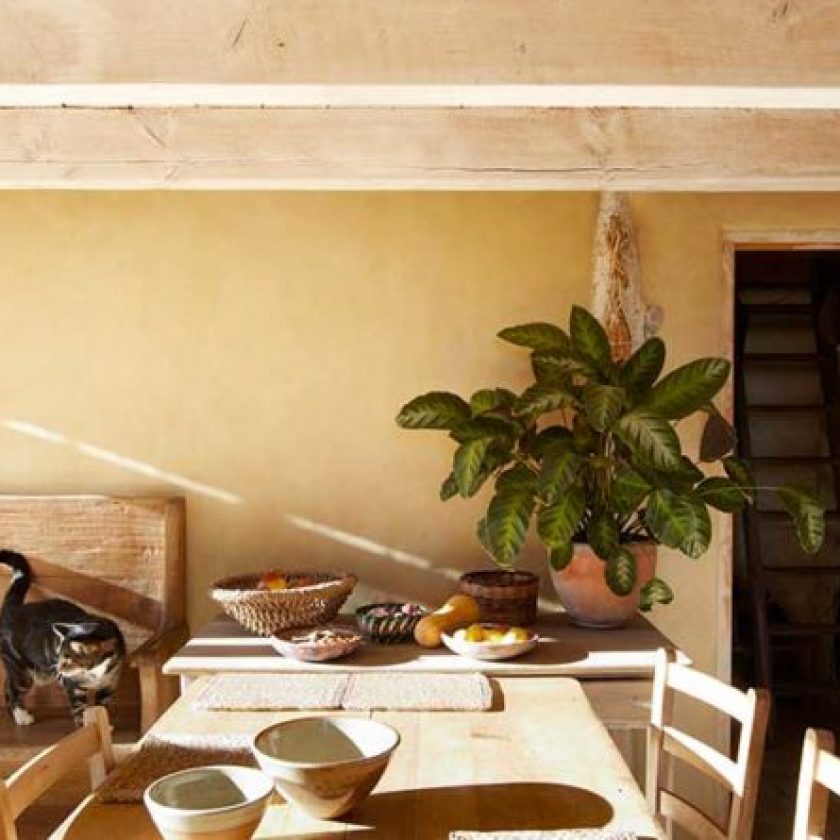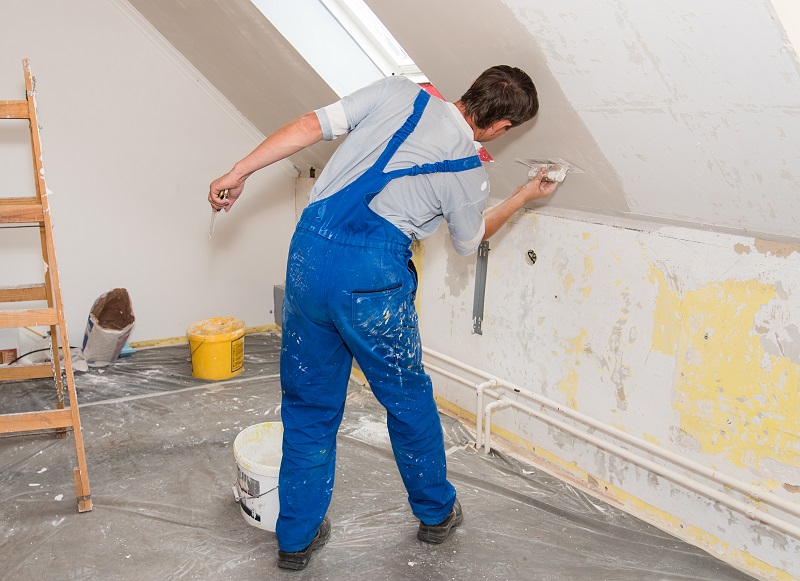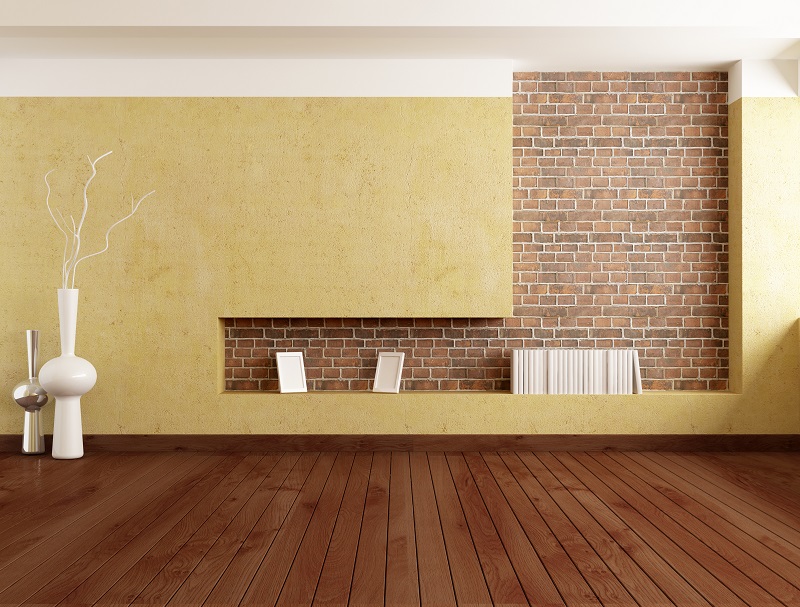A plasterer is a person who works with plaster. They are those professionals who are experts in working with plasters and apply them on the walls of the interior of the building. The art of working with plasters and applying them on the wall is termed as plastering. This process of plaster work has been a part of the construction for centuries.
You need to hire the plasterers for building your home and they can easily design your walls, ceilings and other parts of the buildings with concrete membranes.
History of plastering and plasterer
Plastering is one of the most ancient handicrafts which have been a part of our life. Earlier there was no dignified or specified plasterer who would do that job. However, people have been plastering their walls since they have been building homes for themselves. Earlier, again, plaster, as a compound had not been discovered yet, so mud, was the only suitable alternative available.
With time, people understood the need for plastering and thus, they would look for a more study material for plastering their walls. The discovery of plaster as a compound was found remotely later and its scientific composition has remained undisturbed since then and is still in use for our huge building and construction projects.
The use of plasters can be traced back to four-thousand-year-old, and in Egypt where the plasterer used a similar compound called gypsum which is quite identical to the present plaster of Paris. The purpose, the mix of compounds and the way of the application was like the current plastering works. So, to build a home, you need to hire the plasterers and they can only design your home with accurate materials.
Apart from the plastering, they can also design your floors with glossy plastering membranes, and you do not need to install any tiles or stones on your floor for home improvement.
Equipment, materials, and tools required for the plastering:
Lime – Lime is can be used of both internal and external plastering. For internal work, the plasterer chiefly uses the lime which is calcined from chalk, oyster shells or pure limestone, and it is known as the pure lime. For external plastering, they are expected to use hydraulic limes. In order to apply the lime for plastering; a three-week gap is given in between the operations.
However, due to time restriction, the plasterer often mixes hydraulic lime with plaster. In the present time, at least three days of time Is given for the lime to perform its function and achieve its finish which is generally of low quality. Higher time gap ensures higher quality. In this case, you can hire the plasterers for your help and they can mix the lime with other building materials in a proper way.
Hair – The use of hair for plastering is done as a binding component. Hair gives tenacity to the material. Earlier, traditionally, the use of horsehair was quite common because it was easily available. The plasterer is expected to bind the whole material with some sturdy material and later, with time hair as replaced with fibre.
Earlier, all sorts of animal hair were used as a binding material but now people have now started the use of different fibres as a substitute for hair.
The art of plastering is a tradition which has been carried down to the present date by our ancestors. It is an essential part of building and construction as, without this, the walls and pillars of the building are not expected to remain strong and steady for an extended period.









